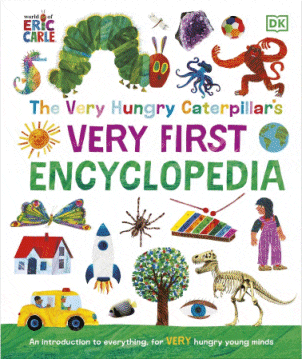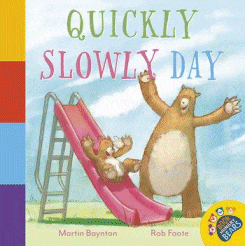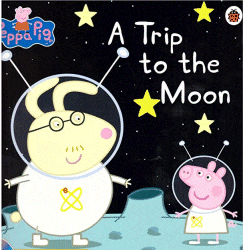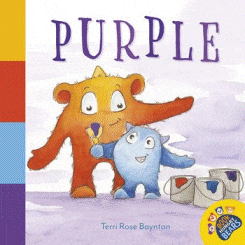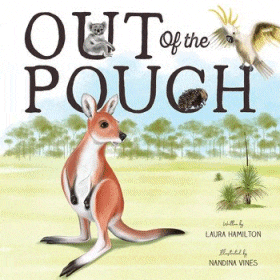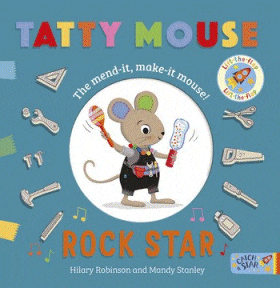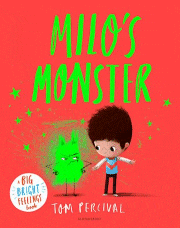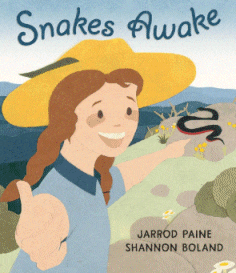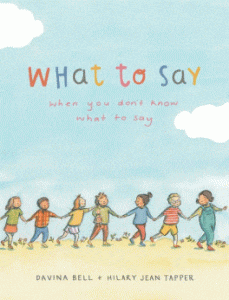
What to Say When You Don’t Know What to Say
What to Say When You Don’t Know What to Say
Davina Bell
Hilary Jean Tapper
Lothian Children’s, 2022
32pp., hbk., RRP $A24.99
9780734421142
Sometimes we are confronted with situations that are so incomprehensible that we don’t know what to say – and that is our response. “I don’t know what to say.”
So imagine what it is like for our children when they find themselves in the same position, with not only no previous experiences to draw on but also no words to express the feelings that are overwhelming them. Whether it’s surprise, anger, frustration, fear, or any of the other big emotions that swamp them from time to time, the words just aren’t there. And while, for adults, it’s big life-changing things like a death, a diagnosis, a flood or fire or other devastating loss, for little ones it can be everyday occurrences such as leaving the family home, being excluded from a group activity or not being brave enough for a sleepover.
This is an excellent and important book that should be in every parent’s library or teacher’s toolbox to help prepare little ones for these sorts of events, help them build the strategies and vocabulary to express their feelings and develop empathy as they negotiate big things in their lives such as starting a new school, joining a new group, or the loss of a pet. Each page features an everyday situation that they are likely to encounter, either as the “victim” or the one reaching out, and each is captioned with a single sentence that encapsulates an empathetic and kind response as a way of dealing with it. It acknowledges that events can evoke feelings of fear, guilt, loss, pain, uncertainty, embarrassment, being different, brave, shy, or uncomfortable, or needing to ask for help or negotiate a solution but each of these can be overcome.
It is a dip-and-delve book in which the adult might show the child the picture, perhaps one that relates to an upcoming situation, discuss what is happening and then help the child develop strategies to deal with it or the words of comfort that might help someone else deal with it. For example, when the bullies destroy a friend’s carefully constructed sandcastles, acknowledging their feelings by saying, “That shouldn’t have happened to you. It was unfair,” can go a long way to soothing the situation that might otherwise escalate into something larger. Teachers’ notes can guide these sessions.
Although the cover of the book depicts the idyllic freedom of childhood that we all imagine for our children, the front endpage is more realistic. But then, the back endpage shows that a simple act of kindness can go a long way to making things right again.
At a time when many of our little people haven’t been able to have the normal beyond-family contacts that usually help them develop their social skills, building empathy and resilience can be tricky so this is a timely release to help.
